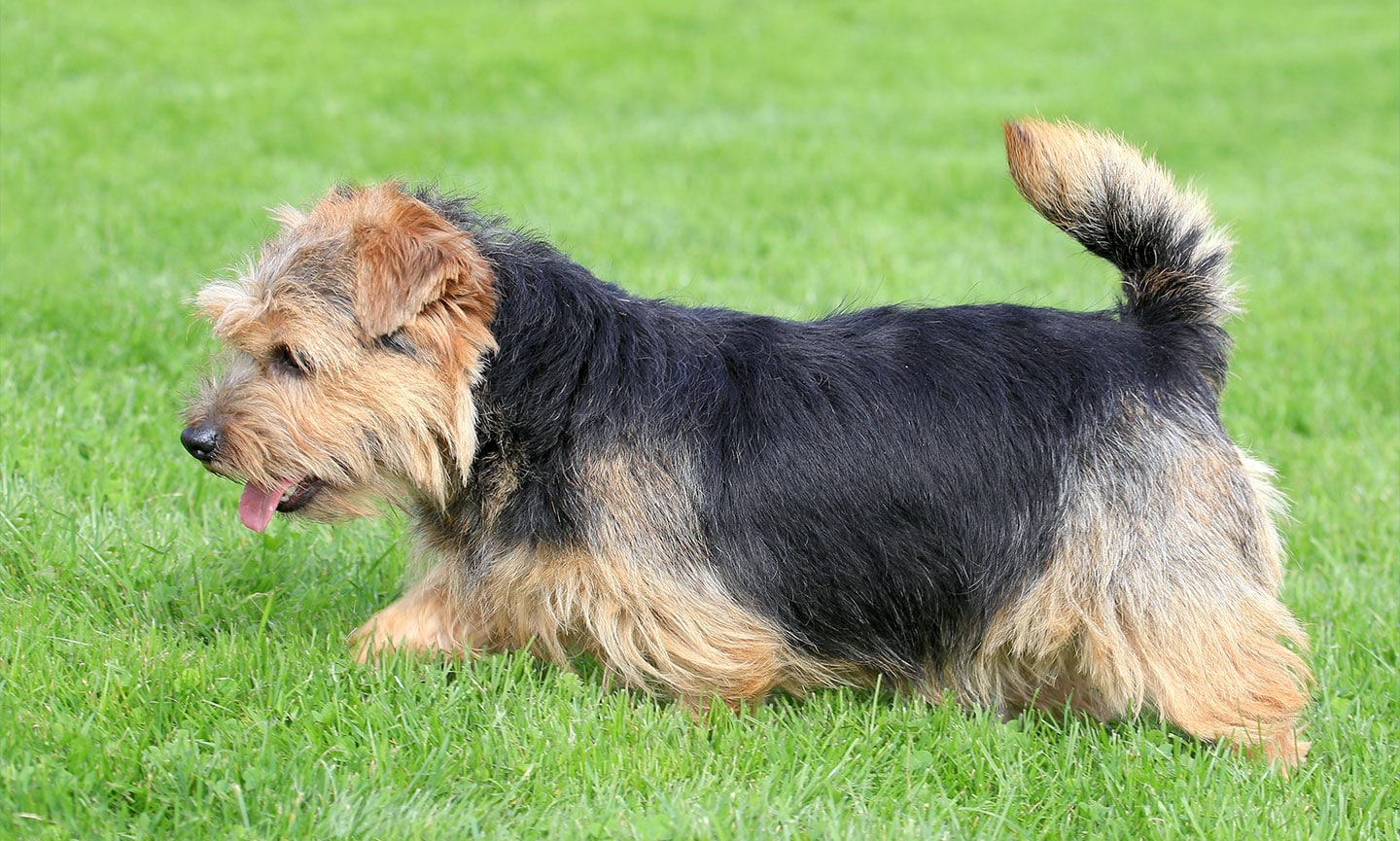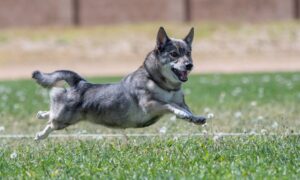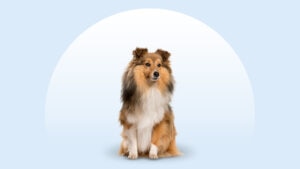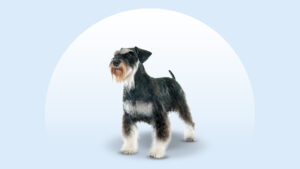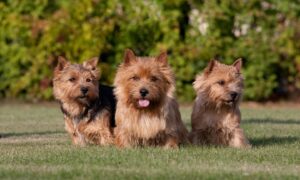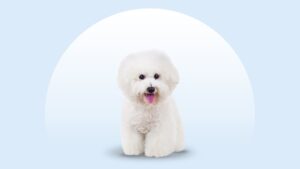Norfolk Terrier
Updated December 15, 2025
Norfolk Terrier
Updated December 15, 2025
Norfolk Terriers are small and spirited dogs who require moderate exercise and mental stimulation. They thrive in active households and excel in obedience training.
Loyal, Plucky, A Ton Of Fun
Male: 11-12 pounds
Female: 11-12 pounds
Male: 9-10 inches
Female: 9-10 inches
12 to 16 years
Red, Red Wheaten, Black and Tan, Grizzle
Norfolk Terriers are high-energy warriors in a pint-sized package. These little pups want to be in the center of everything you do, whether that’s hiking a trail, cooking in the kitchen or playing a game of Frisbee in the backyard. They may look like a lapdog, but don’t be fooled: They’ll only curl up on your lap after they’ve exhausted all their energy. And even then, it can seem as if they sleep with one eye open—they really don’t want to miss out on all the action!
Norfolk Terrier Characteristics
Norfolk Terrier Appearance
The smallest of the working terriers, Norfolk Terriers have super cute short legs and typically stand about 10 inches tall. These pups have a protective double coat that is hard, wiry and straight. As cousins, Norfolk and Norwich Terriers closely resemble each other, but their ears are probably the quickest way to tell them apart. Norwich Terriers have prick ears (ears that stand up), while the Norfolk Terriers have dropped ears (ears that hang down). The coat of the Norfolk Terrier is weather-resistant and comes in shades of red, red wheaten, black and tan, or grizzle.
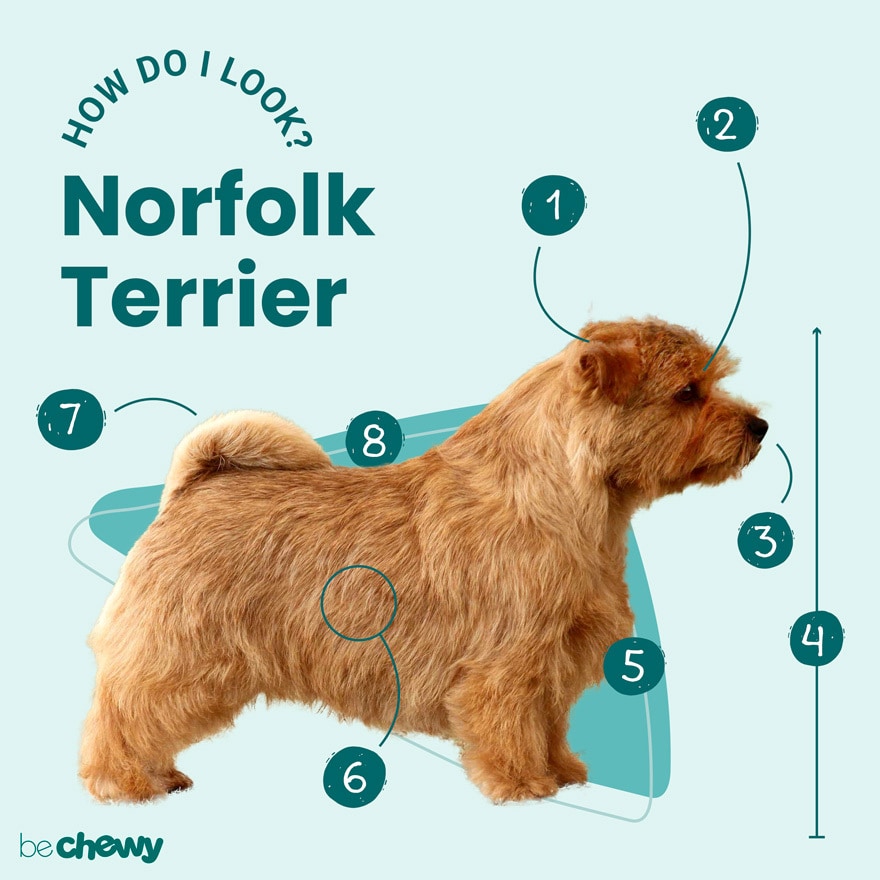
- Ears
The Norfolk Terrier's dropped ears are v-shaped and slightly rounded at the tip. They hang neatly and are smooth and velvety to the touch.
- Eyes
Their eyes are small, dark and oval with black rims.
- Nose
Norfolk Terriers typically have black noses.
- Coat Length
Norfolk Terriers have a double coat that's thick, wiry and straight. Their coat often lies close to the body and is no longer than two inches.
- Coat Color
Their coat colors include red, red wheaten (a wheat color), black and tan, or grizzle (gray shade).
- Tail
The tail of the Norfolk Terrier is usually medium length. The AKC breed standard calls for the tail to be docked. Docking involves cutting a portion of the dog’s tail off when they are puppies. Veterinary groups along with many U.S. states and countries have banned this procedure due to medical and behavioral reasons. If you are interested in this procedure, schedule a consultation with your veterinarian.
Norfolk Terrier Temperament
The Norfolk Terrier breed is active, intelligent and incredibly scrappy. These little guys are pretty sociable, and they thrive on interaction with the people they love the most. Undoubtedly, they’re happiest when they’re in the mix of all that’s happening in your home.
These pups have all the typical terrier characteristics you’d expect: They’re curious, independent, willful and fearless. They like to investigate any and all situations—hanging back is simply not their style. Additionally, Norfolk Terriers have strong chasing instincts, and they cannot be trusted off-leash. If given the opportunity, they will chase rodents, squirrels, rabbits and other small creatures.
Norfolk Terrier dogs are quite affectionate and loyal to their families. They will not fail to sound the alarm if they sense something is amiss. But, while they will call for backup, they’re small and pretty docile, so handling the situation will largely be up to you. (Think of them as alarm dogs, not guard dogs.) While not incredibly wary of strangers, they can be reserved around newcomers.
This breed typically does well in families, but there are some things new pet parents should keep in mind. Norfolk Terriers can be intolerant of the boundary issues that typically come with little humans. Additionally, their small size can be cause for concern. Small kids are far more likely to handle them roughly or step on them. For these reasons, it’s essential to teach any children in your dog’s life how to respectfully and gently interact with dogs, and supervising young children around your pup is recommended. These pups can also be great with other dogs but may chase cats or other small pets.
Norfolk Terriers have a high energy level, and they hate being bored or left alone. They’re also clever enough to entertain themselves, and you may not like their hacks to cure boredom: Norfolk Terriers are notorious for digging and chewing. Keep them well-exercised and mentally stimulated to avoid them developing a habit of destructive behaviors.
How to Care for a Norfolk Terrier
Norfolk Terriers are high on energy, but their grooming needs are relatively low. A good brushing once a week and hand stripping twice a year are enough. And though these pups are all action, all the time, they don’t have lofty exercise needs; like most dogs, a daily walk is plenty. Norfolk Terriers love to be in the mix with their families and don’t take too kindly to being left alone. While early socialization is important, they also tend to make great family pets.
Grooming
Training
Diet
Exercise
Environment
Norfolk Terrier Health
Norfolk Terriers are typically a healthy breed with a lifespan of 12 to 16 years, so if you’re looking for a pal who will be with you for some time, these pups are a good choice. However, there are a few health issues to look out for:
- Hip Dysplasia: Hip dysplasia is common with many dogs, and the Norfolk Terrier is no exception. This often-inherited condition occurs when the femur doesn’t fit snugly into the hip joint. Typical symptoms include a decrease in activity and agility, reluctance to run or jump and lameness. Hip dysplasia is often manageable and treatable with physical therapy, joint supplements and medications. For more severe cases, surgery might be necessary.
- Patellar Luxation: Patellar luxation occurs when your dog’s kneecap slides in and out of place, which can cause pain for your dog. Treatment ranges from weight management and medication to surgery.
- Mitral Valve Disease: One of the most serious concerns for pet parents of the Norfolk Terrier is mitral valve disease. This condition often begins with a heart murmur and can eventually lead to congestive heart failure. Surgery is not an option for dogs. Often, the disease can be effectively managed through medication if caught early.
Norfolk Terrier History
Many of the working terriers we know of today were originally bred by Frank “Roughrider” Jones, an English dog breeder of the early 20th century. The history of the Norfolk Terrier began in the early 1800s in the county of East Anglia in England. Believed to be a cross between Border Terriers, Cairn Terriers and Irish Terriers, these dogs were intended to be farm dogs and hunters.
The Norfolk Terrier was first classified in the Terrier group with its close cousin, the Norwich Terrier, as one breed. And understandably so—aside from their ears (the Norwich Terrier has pricked ears, and the Norfolk Terrier has dropped ears), the breeds are quite similar. In 1979, the Norfolk and Norwich Terriers were finally recognized as separate breeds by the American Kennel Club.
Standing at only 10 inches, these pups are the smallest of the Terrier group. They are brave and sturdy and, considering they were originally bred to hunt and kill vermin in barns, they can easily pick up plenty of speed when they’re on the chase. In fact, they were so good at their job, they affectionately became known as “a demon in the field.”
Interestingly, Norfolk Terriers are one of the few breeds who are allowed to have “honor scars” (from wear and tear) in the show ring as a testament to their courage and scrappiness. The superior intelligence and affable personality of the Norfolk Terrier has made them a highly sought-after companion dog. These pups have a lot of personality, and they’re always fun to be around.
Today, Norfolk Terriers are becoming harder to find as breeders are aging out, and few new breeders join the ranks. But you can find reputable breeders on the AKC’s website; just be prepared to wait. A Norfolk Terrier puppy will cost around $2,500 to $3,500. But for that price, you’re likely getting a pup who’s been screened for health and temperament issues and may come with pedigree papers. You can also connect with Norfolk Terrier rescue organizations to adopt a pup or keep an eye out for the breed at your local animal shelter. Search Chewy’s database of adoptable dogs in your area.
FAQs
Do Norfolk Terriers shed?
How long do Norfolk Terriers live?
How big do Norfolk Terriers get?
Do Norfolk Terriers bark a lot?
What are the most common Norfolk Terrier mixes?
Expert input provided by Lori Pelletier, CVT and President of the Norfolk Terrier Club, and Steffi Trott, dog trainer and founder of SpiritDog Training.
Breed characteristic ratings provided by veterinarian Dr. Sarah J. Wooten, DVM, CVJ, a veterinarian at Sheep Draw Veterinary Hospital in Greeley, Colorado; dog trainer and behavior consultant Irith Bloom, CPDT-KSA, CBCC-KA, CDBC, owner of The Sophisticated Dog, LLC, in Los Angeles; and certified animal behavior consultant Amy Shojai, CABC, in Sherman, Texas.
The health content was medically reviewed by Chewy vets.
Photo credit for “How do I look?” https://wds2018.com/norfolk-terrier/
